What the market feels and thinks about a brand is often the difference between its success and failure.
Brand sentiment is the gauge of how people feel about a brand and what it offers.
Ranging from positive to negative, sentiment analysis gathers opinions to offer a snapshot of the brand's perception among its audience.
In other words, it allows brands to understand what the market thinks of them.
In this article, you'll discover what brand sentiment is, how you can anywise it and most importantly, how you can influence it positively.
Importance of Customer Sentiment

Ever wondered how customers feel about your brand? Well, customer sentiment is your answer.
Understanding your customers' needs and expectations can provide actionable insights into areas of improvement.
You wouldn’t jump into the water without gauging the temperatures. Likewise, understanding the temperature of your audience is key.
Customer sentiment analysis helps brands to gauge customer satisfaction, fine-tune products, and mend potential pitfalls.
Before a negative sentiment affects profits, knowing about it can allow brands to pivot and realign.
It's like having a crystal ball, but based on customer data and not magic.
Types of Sentiment Analysis

Sentiment analysis is not just about good or bad vibes. There are nuances to it:
Topic-based sentiment analysis:
What's being said about specific aspects of your brand? For instance, users may love a sneaker brand for its comfort but may not be fans of its price point.
Topic and aspect analysis:
This delves deeper into specific topics. It's one thing for a customer to say they love a restaurant. It's more valuable to know they love it for its vegan options but find the seating uncomfortable. Specifics are invaluable.
Analyzing the tone of comments:
When your other half says “I’m fine”, its the tone and not the words that will let you know if things are cool. Is a "cool" on social media posts sarcastic praise or genuine admiration? Detecting sarcasm and understanding the tone are essential.
PRO Brand Strategy BluePrint
Build Brands Like A Pro Brand Strategist

Measuring Customer Sentiment

Measuring sentiment is not just about counting happy and sad emojis on social media. It involves:
Customer Satisfaction Index (Net Promoter Score): How likely are customers to recommend your brand?
Frequency of Mentions: Not all mentions are made equal. Brands need to track customer sentiment by understanding the tone of these mentions.
Applying Word Count and Sentence Length Methods: Sometimes, longer reviews can indicate stronger feelings. A detailed negative review might need more immediate attention than a brief one.
Analyzing Tone and Context: A simple thumbs-up might mean a customer is satisfied, but a detailed review gives more specific feedback.
Sources of Sentiment Analysis Data

The playgrounds for sentiment analysis are vast. Most brands leverage social media sentiment analysis, mining data from:
Tweets and retweets
Facebook reactions and comments
Instagram comments and DMs
LinkedIn discussions
But, let's not forget the other valuable sources like
Feedback forms
Customer comments on websites
And review sites
Actionable Insights

Raw data isn't of much use unless it provides actionable insights. It's like having all the ingredients but no recipe.
Once you measure sentiment, the next step is to turn these insights into business strategy.
Maybe it's tweaking your marketing strategy or changing the UI/UX based on user sentiment.
Every feedback, be it positive sentiment or negative sentiment, provides a roadmap to better brand health.
Explore Brand Strategy
Programs & Tools
Beyond Customer Support

Contrary to popular belief, sentiment analysis isn't just for the customer service team. It spills over to other departments too:
Marketing teams can refine campaigns based on feedback.
Sales teams can understand pain points and offer solutions in their pitches.
Product development teams can use it to innovate or improve.
It’s not the information that’s valuable. It’s the action on the back of the information that moves the needle.
Competitive and Industry Perspective

Knowing your sentiment score is good. Knowing how it stacks against competitors is even better.
Brands can use sentiment analysis tools to gauge where they stand and identify industry trends.
If a competitor is receiving positive PR for eco-friendly measures, at least you know where they’re focusing on gaining an advantage whether you follow suit or not.
Benefits and Impact on Brand Reputation
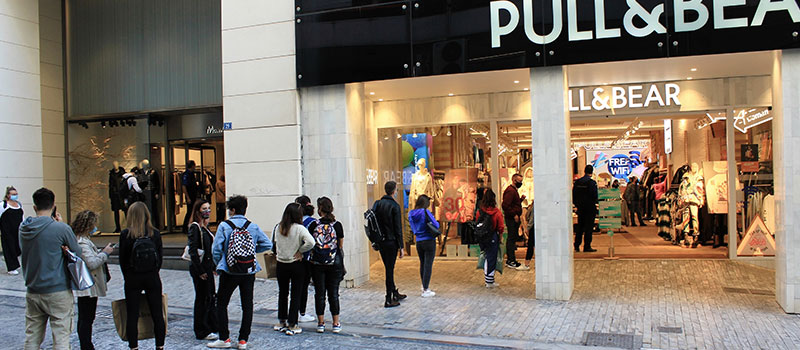
Positive sentiment can propel a brand into the limelight, while negative comments can tarnish its reputation.
Monitoring sentiment scores can not only boost brand reputation but can attract new customers and retain loyal ones.
9 Best Ways to Boost Brand Sentiment
1. Active Social Listening

Social listening is more than just monitoring mentions. It involves actively seeking out what your customers, critics, and even competitors are saying about you.
Use social listening tools to get real-time alerts whenever your brand is mentioned.
This way, you can address any issues immediately and recognize positive sentiments.
LEGO Group uses social listening to stay in tune with its massive fan base.
They actively engage with their audience, ensuring they're ahead of potential PR issues and capitalizing on positive feedback.
2. Respond to Feedback – Both Positive and Negative

Engaging with your audience can turn indifferent feelings into positive sentiments and can defuse negative feelings before they escalate.
Set up a dedicated team to monitor brand mentions, reviews, and comments, ensuring timely and professional responses.
A customer posts a negative review about a product defect.
Instead of ignoring or deleting the review, the company addresses the issue, offers a solution, and the customer updates their review to a positive one, appreciating the prompt response.
3. Create Value-Driven Content

Quality content resonates with your audience and establishes you as an authority in your niche.
Identify your audience’s pain points and needs, then produce content that provides solutions or enhances their knowledge.
HubSpot, a marketing platform, offers extensive free guides, courses, and tools which not only attract potential users but also establishes their expertise.
4. Personalize Customer Experiences
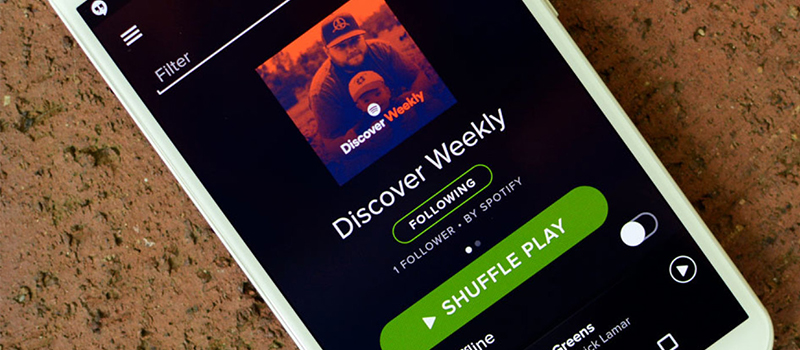
Personalized experiences show your customers that you care about their individual needs.
Use data analytics and AI-driven tools to offer tailored product recommendations, content, or offers to your customers.
Spotify's “Discover Weekly” is a user-specific playlist that's curated based on individual music tastes. This kind of personalization enhances user loyalty and positive sentiment.
5. Be Transparent and Authentic
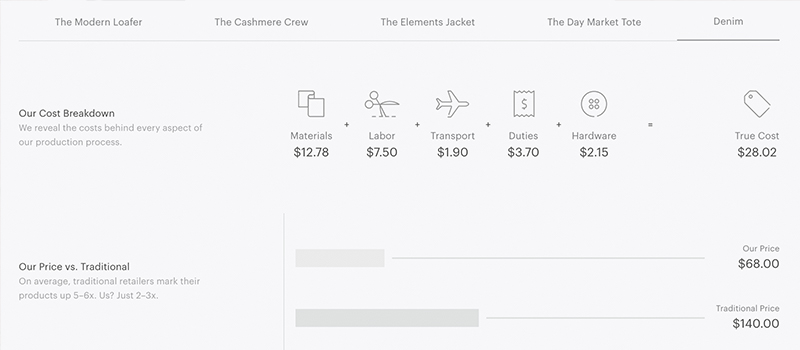
Today’s consumers value brands that are transparent about their operations, values, and intentions.
Share behind-the-scenes looks into your operations, be open about any mistakes, and communicate your brand’s values clearly.
Everlane, a clothing brand, breaks down the costs of their products, explaining the markup and ensuring customers understand where their money goes.
6. Invest in Community Building
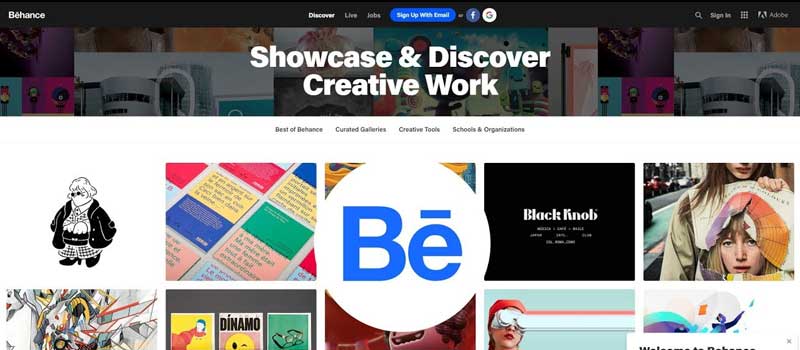
Brands that foster a strong sense of community enjoy enhanced loyalty and positive sentiment.
Engage with your audience on social media, forums, and other platforms. Organize or sponsor events that align with your brand values.
Adobe's Behance platform allows designers to showcase their work, fostering a community where creatives uplift each other, further strengthening the positive sentiments towards Adobe.
7. Reward Loyalty

Recognizing and rewarding your loyal customers can enhance positive feelings towards your brand.
Implement a loyalty program or exclusive offers for your long-term customers.
Sephora's Beauty Insider program offers points for purchases, which can be redeemed for products, making customers feel valued.
8. Collaborate with Influencers
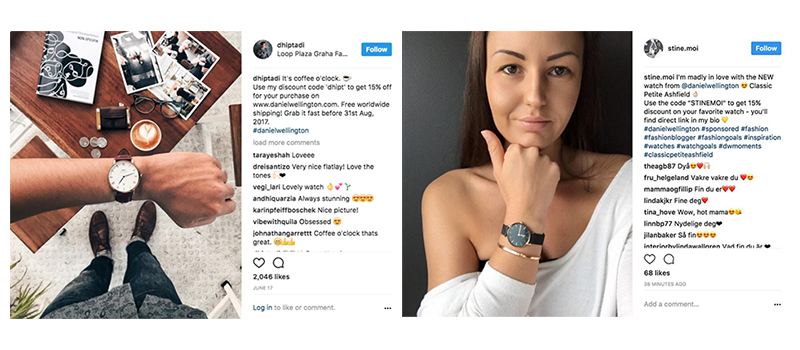
Partnering with influencers can help amplify positive messages about your brand to a wider, yet targeted, audience.
Identify influencers whose values align with yours and whose audience matches your target demographic.
Daniel Wellington, a watch brand, exploded in popularity due to their clever collaborations with a variety of influencers, from mega to micro.
9. Regularly Monitor and Adapt

Brand sentiment isn’t static. It’s essential to keep an ear to the ground and be ready to adapt your strategies based on feedback.
Regularly conduct sentiment analysis, focus groups, and surveys. Stay agile in your marketing and customer service approaches.
PepsiCo's reaction to the feedback on their Tropicana packaging redesign is a classic lesson.
After facing backlash for a new design, they quickly reverted to the old one, showing they valued customer feedback.
Bringing it all together, boosting brand sentiment is about understanding, engaging, and valuing your customers.
By actively listening, responding with care, and continually adapting, brands can forge stronger, more positive relationships with their audiences.
Remember, every brand touchpoint is an opportunity to either boost or detract from brand sentiment.
Choose wisely, and keep your customers at the heart of everything you do.
Over To You
Brand sentiment, in essence, is the love-hate relationship customers have with a brand.
It's a pulse check, a temperature reading, and a crystal ball, all rolled into one.
With the right tools and strategies, brands can not only measure sentiment but swing it in their favor.
Because, in the end, every brand aims for the same thing: a standing ovation from its audience.
FAQs
1. What is brand sentiment?
It's a measure of how your target audience feels about your brand, ranging from positive to negative.
2. How can brands measure sentiment?
Through sentiment analysis tools that gauge comments, mentions, and feedback across various platforms.
3. Why is sentiment analysis crucial for brands?
It helps brands understand customer expectations, refine products, and preemptively address potential issues.
4. Can sentiment analysis detect sarcasm?
With advancements in machine learning, some advanced tools can detect sarcasm and the tone of the comments.
No, while social media is a primary source, other platforms like review sites, feedback forms, and direct customer comments are also valuable.






